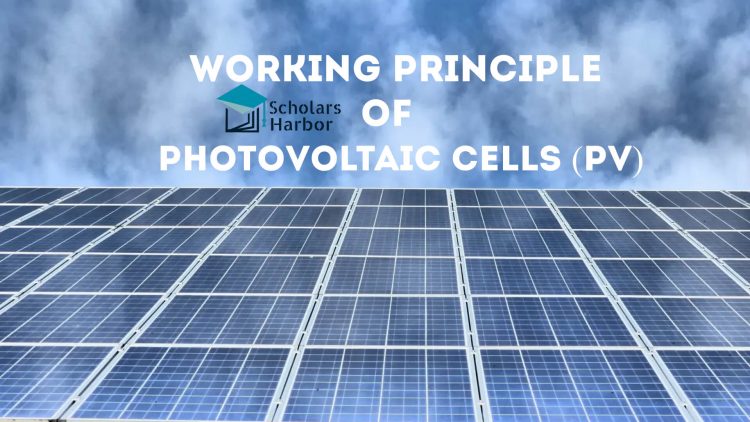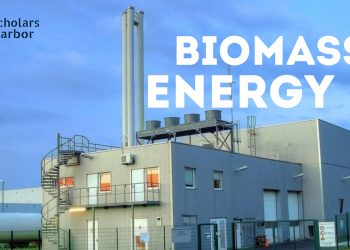The usage of fossil fuels has led to an increase in carbon emissions, which is harmful to the ecosystem. In the world, fossil fuels are the main source of energy production. The principal energy source is made up of more than 80% coal, crude oil, & natural gas. We had no idea that the extensive usage of such conventional fuels was a double-edged sword that, regrettably, had a negative impact on the ecosystem.
Extreme environmental issues such land droughts, heatwaves, wildfires, a rise in sea level, floods, and other climate phenomena have emerged as a result of the growing reliance on fossil fuels and massive abuse of them in almost all spheres of society. According to IRENA’s statistics report published, sustainable energies had a 7.4% gain in potential overall. Of that, 54% was placed in Asia alone, with 85% of it being new solar & wind energy capacities.
Looking more closely at recent growth figures for renewable technology, we can see that the world is quite interested in solar-powered devices. When compared to other energy generation methods, solar electricity is extremely affordable. They are also plentiful and appropriate for a variety of uses. Additionally, solar power systems have negligible maintenance costs.
Electricity Generation Using Solar Energy
Solar energy can be used to produce energy directly through PV cells & indirectly through concentrated solar power (CSP), as will be detailed below.
Photovoltaic cells
When light shines, a PV cell generates an electric current that raises the voltage between two electrodes connected to the system. A solar PV cell’s efficiency and cost depend on its composition. The most effective and economical material for PV cells has been the subject of extensive research. These are the specifications for the perfect PV cells substance.
- Materials that used to manufacture PV cells must have a band gap between 1.1 and 1.7 eV.
- The substance need to be safe & easily accessible.
- Direct band structure should be present in this substance.
- The content must suitable for extensive reproduction.
- The substance must have a high PV conversion efficiency.
- A long-term stability factor for the material is required.
PV cells Classification
There are 3 major generations of PV cells
- First‐generation PV cells
- Second‐generation PV cells
- Third‐generation PV cells
1. First‐generation PV cells
Crystalline silicon-based cells are the first-generation cells. In these cells, silicon with high grain sizes, whether monocrystalline or polycrystalline, may be employed. On the market, they dominate all other types of PV cells. The monocrystalline silicon cells have 25% efficiency and are composed of silicon positive-negative junctions. In order to create polycrystalline silicon, which is then cut into thin wafers, silicon must first be melted and solidified to align crystals in a set direction.
About 20.4% of the polycrystalline cells are efficient. A lot of work has been put into enhancing the capacity and effectiveness of first-generation cells. First-generation cells typically require less space to generate a specific unit of power and they are more effective at lower temperatures. The fact that these PV cells perform worse at extremely high temperatures is their major flaw.
2. Second‐generation PV cells
They are less costly than first-generation cells since they need less silicon, but they have a lesser market share because of their efficiency which is very low. One kind of thin-film cell, amorphous silicon solar cells, function by decomposing silane gas in a plasma-enhanced chemical reactor before being deposited on a substrate support. Because they utilize little material and can create modules from roll to roll, Amorphous silicon cells have the ability of very low cost.
These Amorphous silicon cells low efficiency (10.1%) and long-term electrical output volatility are their main drawbacks. It has been found that their efficacy decreases up to 25 % when used for long periods of time. Solar cells produced of copper, indium, gallium, and selenium (CIGS) are more effective than Amorphous silicon and Cadmium telluride.
3. Third‐generation PV cells
In order to achieve higher efficiency and environmental friendliness, third-generation are an advanced over second-generation. The low cost of these cells is its key selling feature, and they are designed to save electricity costs up to 80%.
To maximize absorption, carrier production & separation such devices take advantage of particular flexibility of quantum wells & quantum dots nanostructures. Utilizing spin technology, quantum dots have combined with solutions and applied on film. The organic solar and dye-sensitized solar cells are the most important third-generation solar cells.
Cite this Article
| Author: | Scholars Harbor |
| Year: | 2022 |
| Title |
Photovoltaic Cell (PV) to Generate Electricity – Solar System Explained |
| Publisher: | Scholars Harbor |
| URL: | https://scholarsharbor.com/photovoltaic-cell-pv-to-generate-electricity-solar-system-explained/ |










Discussion about this post